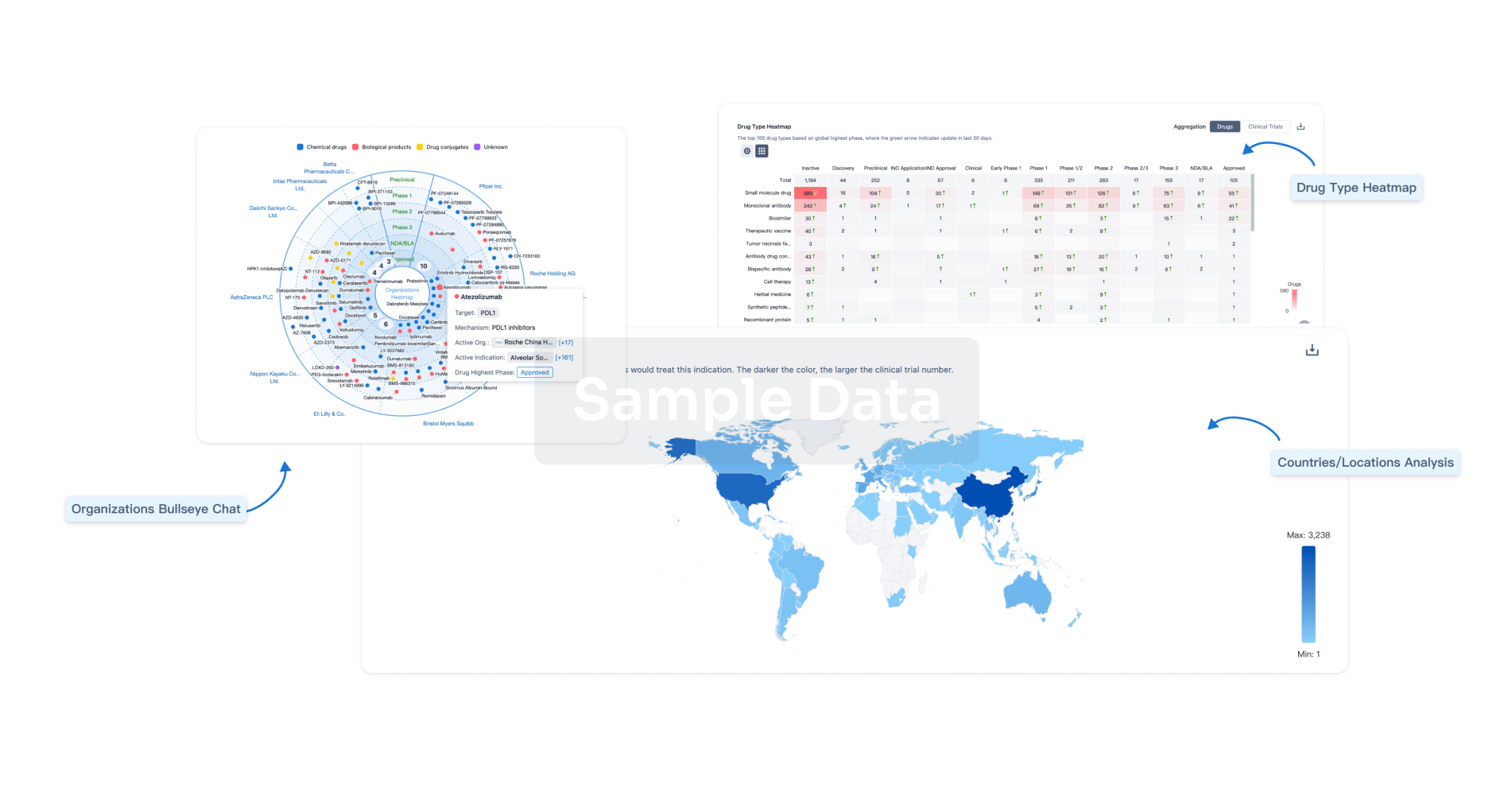Request Demo
Last update 08 May 2025
Diverticulum, Esophageal
Last update 08 May 2025
Basic Info
Synonyms Diverticula, Esophageal, Diverticulum esophageal, Diverticulum esophagus + [35] |
Introduction Saccular protrusion beyond the wall of the ESOPHAGUS. |
Related
54
Clinical Trials associated with Diverticulum, EsophagealNCT06594718
Endoscopic Treatment of Zenker's Diverticulum: a Prospective Observational Study Comparing Tunnelization (Z-POEM) Versus Non-Tunnelization Techniques
Prospective comparative observational study in numerous reference centers in France, comparing Tunnelization (Z-POEM) versus Non-Tunnelization Techniques according to the usual practices. This is a prospective, comparative, observational, multicenter study with the primary objective of comparing the symptomatic recurrence rate one year after endoscopic tunnelization therapy (Z-POEM) versus non-tunnelization techniques in patients with symptomatic Zenker's diverticulum.
Start Date31 Oct 2024 |
Sponsor / Collaborator- |
ACTRN12624000912583
Microbial fermentative capacity of individuals with ulcerative colitis with an ileoanal pouch compared to a healthy or ulcerative colitis with intact colons: an in vitro study
Start Date30 Jul 2024 |
Sponsor / Collaborator |
DRKS00032807
Patient-centeredness - experiences and care needs of patients with pancreatic and esophageal cancer in the perioperative setting - PATZEN
Start Date28 Oct 2023 |
Sponsor / Collaborator- |
100 Clinical Results associated with Diverticulum, Esophageal
Login to view more data
100 Translational Medicine associated with Diverticulum, Esophageal
Login to view more data
0 Patents (Medical) associated with Diverticulum, Esophageal
Login to view more data
2,456
Literatures (Medical) associated with Diverticulum, Esophageal01 May 2025·Neurogastroenterology & Motility
High‐Resolution Manometry With Solid Provocative Test in Patients With Mid‐Thoracic and Epiphrenic Esophageal Diverticula
Article
Author: Branche, Julien ; Melchior, Chloé ; Hambli, Sofia ; Wuestenberghs, Fabien ; Baravian, Loris ; Gérard, Romain ; Gourcerol, Guillaume ; Piessen, Guillaume ; Wils, Pauline
01 Apr 2025·Journal of Gastrointestinal Surgery
Thoracoscopic approach in the prone position for a middle esophageal diverticulum
Article
Author: Domínguez-Adame, Eduardo ; Guarnieri, Elena ; Scammon, Andrea
01 Apr 2025·Gastrointestinal Endoscopy
Endoscopic submucosal tunneling techniques versus flexible endoscopic septotomy for Zenker’s diverticulum: a systematic review and meta-analysis
Review
Author: Pimenta de Figueiredo, Vitor Lauar ; Arantes, Vitor Nunes ; Meine, Gilmara Coelho ; Ramos, Josue Aliaga ; Delgado, Lucas Monteiro ; Magalhães, Caio Mendonça ; Santo, Paula
1
News (Medical) associated with Diverticulum, Esophageal20 Jun 2024
Minimally Invasive "Third-Space" Endoscopy Procedures Offer Patients an Alternative to Surgery
ATLANTA, June 20, 2024 /PRNewswire/ -- Dr. Justin J. Forde of United Digestive and Atlanta Gastroenterology Associates has successfully performed Northside Gwinnett Hospital's first "third-space" gastrointestinal (GI) endoscopy procedures (Z-POEM, E-POEM, and endoscopic submucosal dissection). These procedures, conducted in the space between the inner lining and muscle layers of the GI tract, offer minimally invasive, organ-preserving treatments for patients who might otherwise require surgery to address precancerous lesions or early cancers of the esophagus, stomach, small intestine, or colon. Additionally, they provide innovative solutions for GI conditions like gastroparesis, achalasia, and Zenker's diverticulum, which can cause chronic dysphagia (difficulty swallowing), nausea, and vomiting.
Regarding the procedures, Dr. Forde emphasized, "These techniques offer alternatives to more invasive surgical procedures and, in most cases, are performed as outpatient procedures, requiring very little recovery time. They expand treatment options for patients who may not be good candidates for surgery or for those who want to avoid more invasive surgical procedures." He added, "These techniques require extensive training and are typically only available at large academic centers, which can pose accessibility issues for patients. We are very excited to offer these treatment options in the community setting at Northside Gwinnett."
Dr. Forde's introduction of third-space endoscopy techniques at Northside Gwinnett Hospital earned him a spot on Becker's GI & Endoscopy's list of "5 Physicians on the Cutting Edge of Gastroenterology." United Digestive and its physicians are at the forefront of gastroenterology, continuously putting innovation into practice to raise the standards of patient care. Dr. Forde's work exemplifies our commitment to providing advanced, high-quality treatments that improve patient outcomes and enhance overall healthcare experiences.
For more information about United Digestive and Dr. Forde, please visit .
About United Digestive
United Digestive is a leading physician practice management organization serving GI physicians and gastroenterology practices nationwide. Practices that are part of United Digestive benefit from advanced infrastructure and operational insights, along with investments in regional growth. Physician Partners enjoy a dyad leadership model with reduced administrative burden and local support to provide the highest-quality patient care. United Digestive is growing at a rapid pace, with more than 62 clinics, 22 ASCs, and 300 providers practicing in four states – Georgia, Florida, North Carolina, and South Carolina.
Contact:
Lance Wagner
Director, Marketing & Communication
[email protected]
404-888-7575 x1130
SOURCE United Digestive
Analysis
Perform a panoramic analysis of this field.
login
or

AI Agents Built for Biopharma Breakthroughs
Accelerate discovery. Empower decisions. Transform outcomes.
Get started for free today!
Accelerate Strategic R&D decision making with Synapse, PatSnap’s AI-powered Connected Innovation Intelligence Platform Built for Life Sciences Professionals.
Start your data trial now!
Synapse data is also accessible to external entities via APIs or data packages. Empower better decisions with the latest in pharmaceutical intelligence.
Bio
Bio Sequences Search & Analysis
Sign up for free
Chemical
Chemical Structures Search & Analysis
Sign up for free
